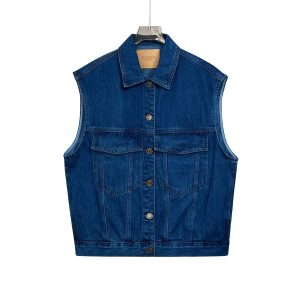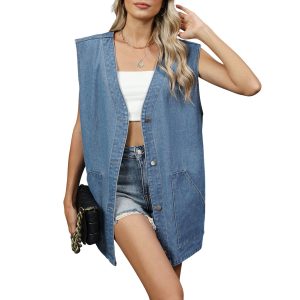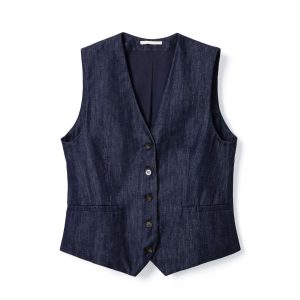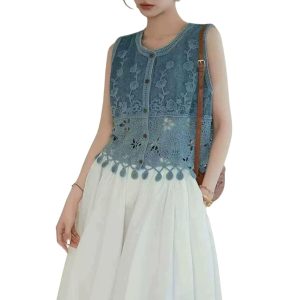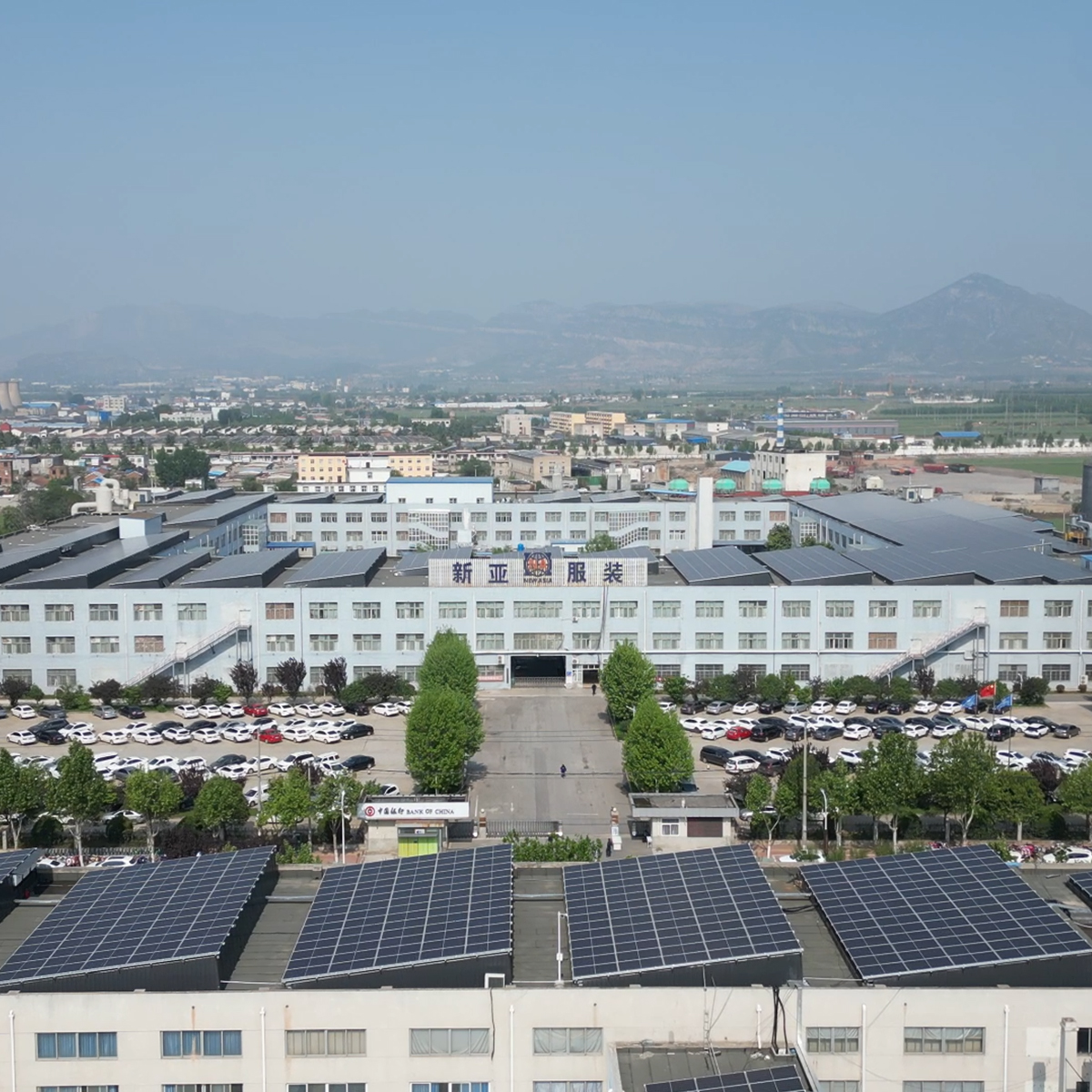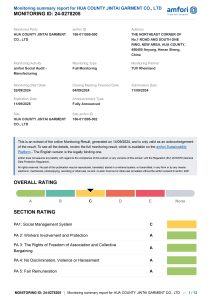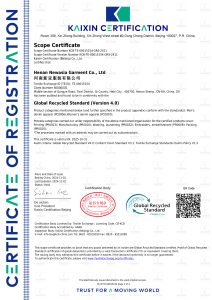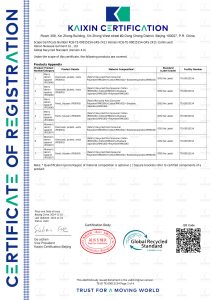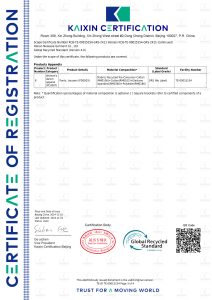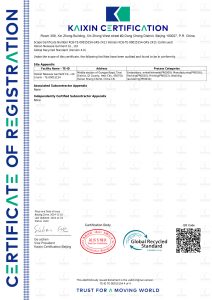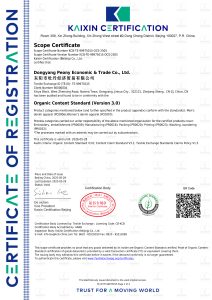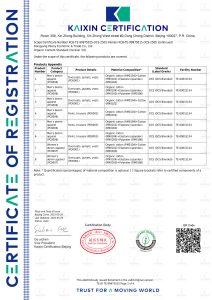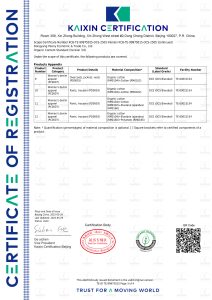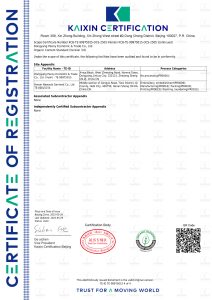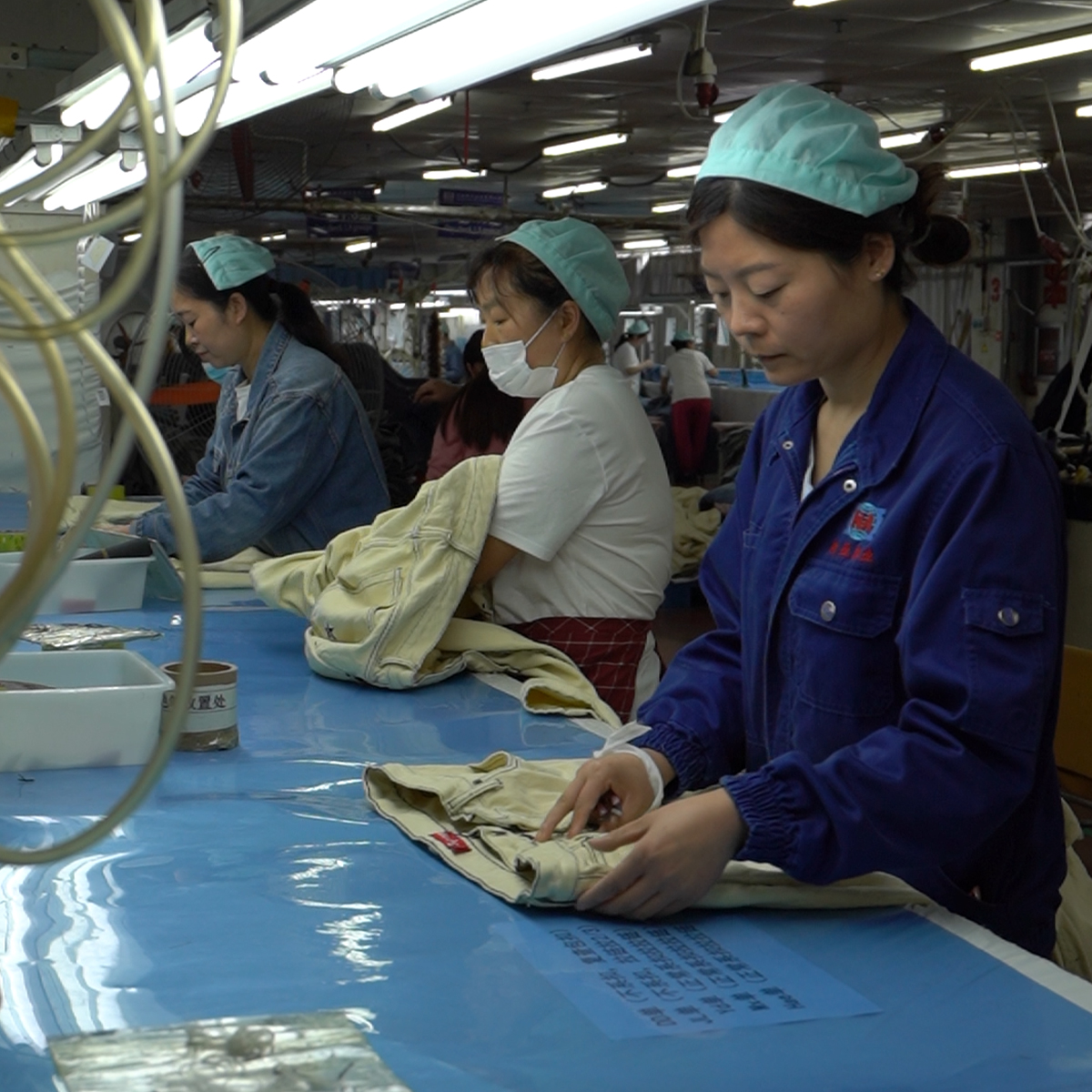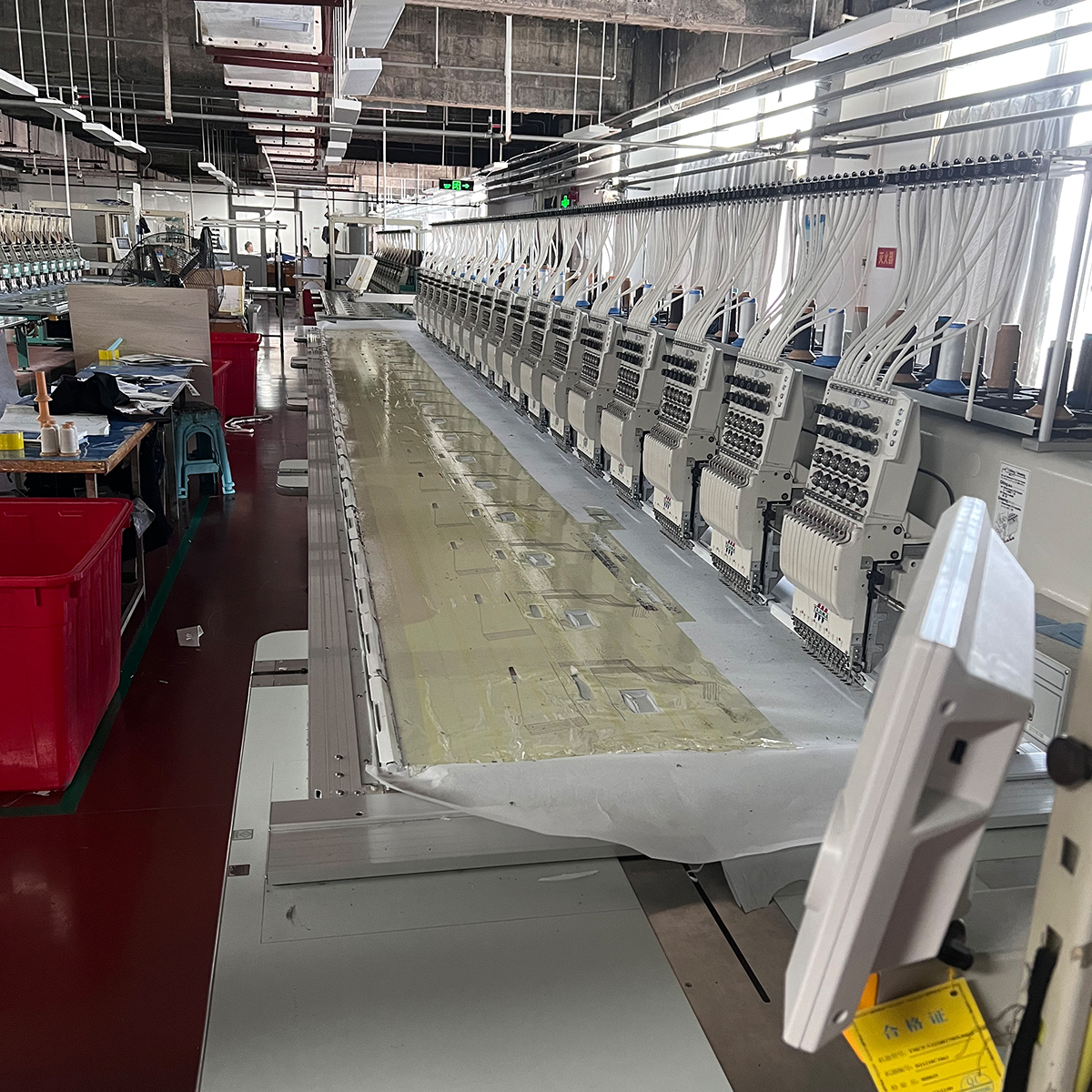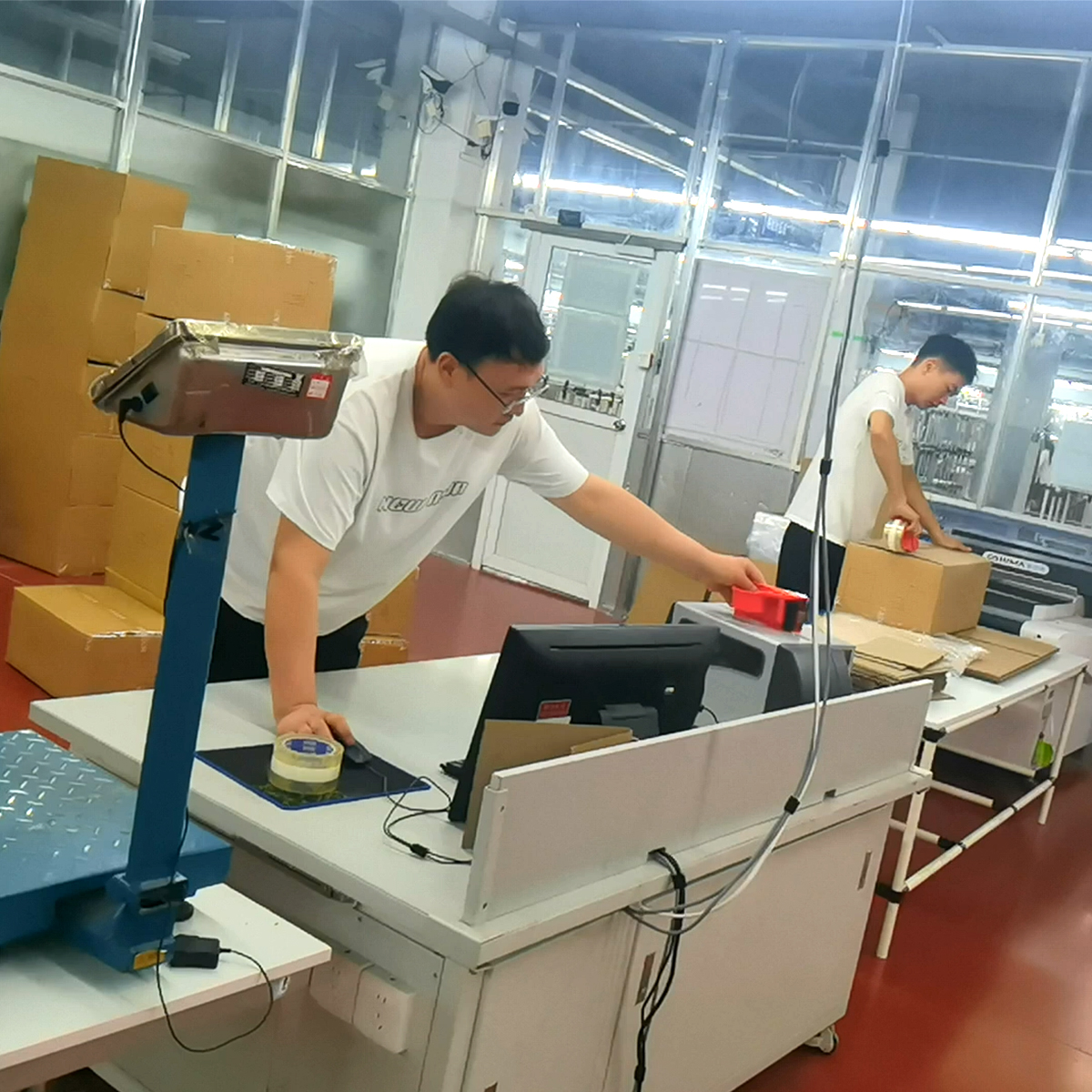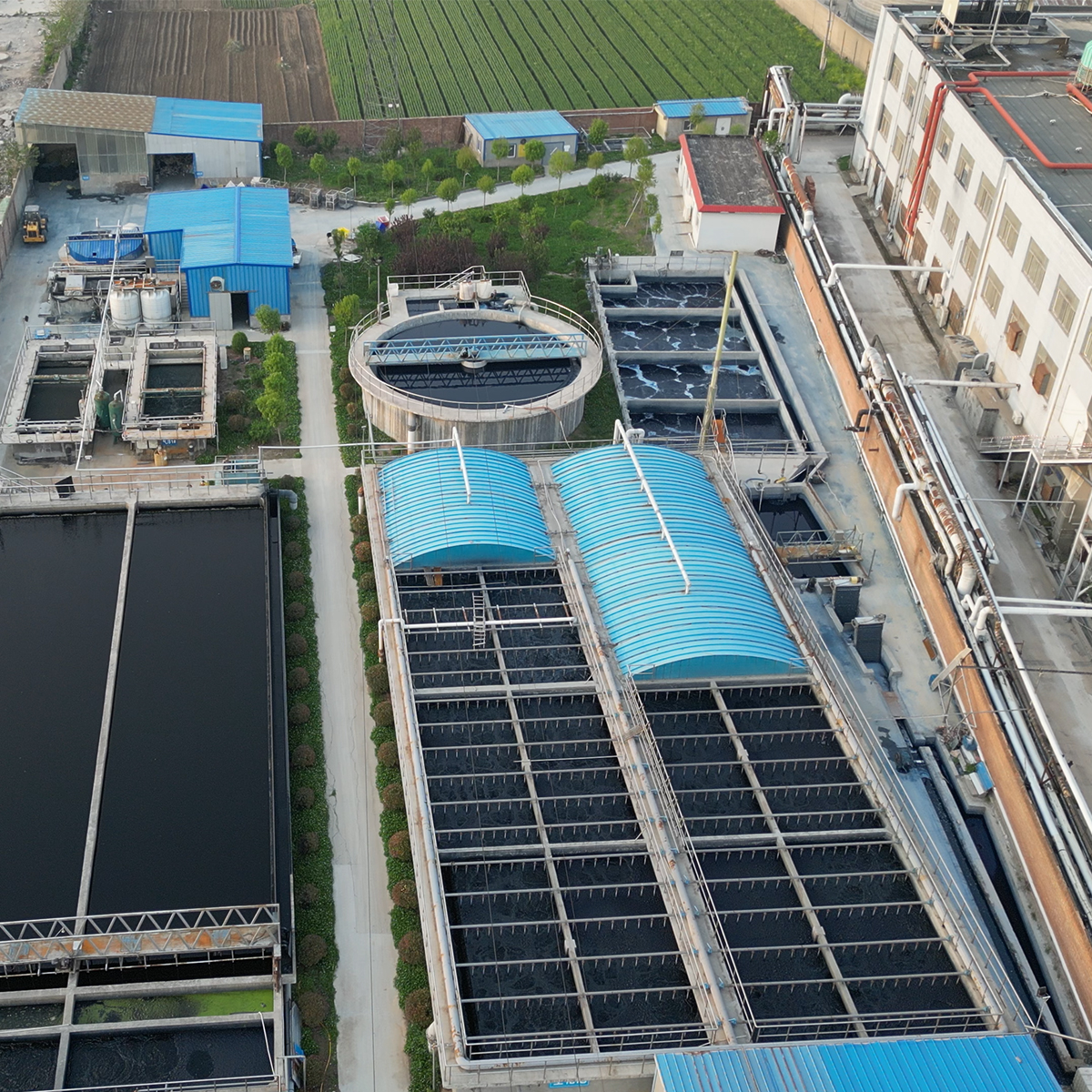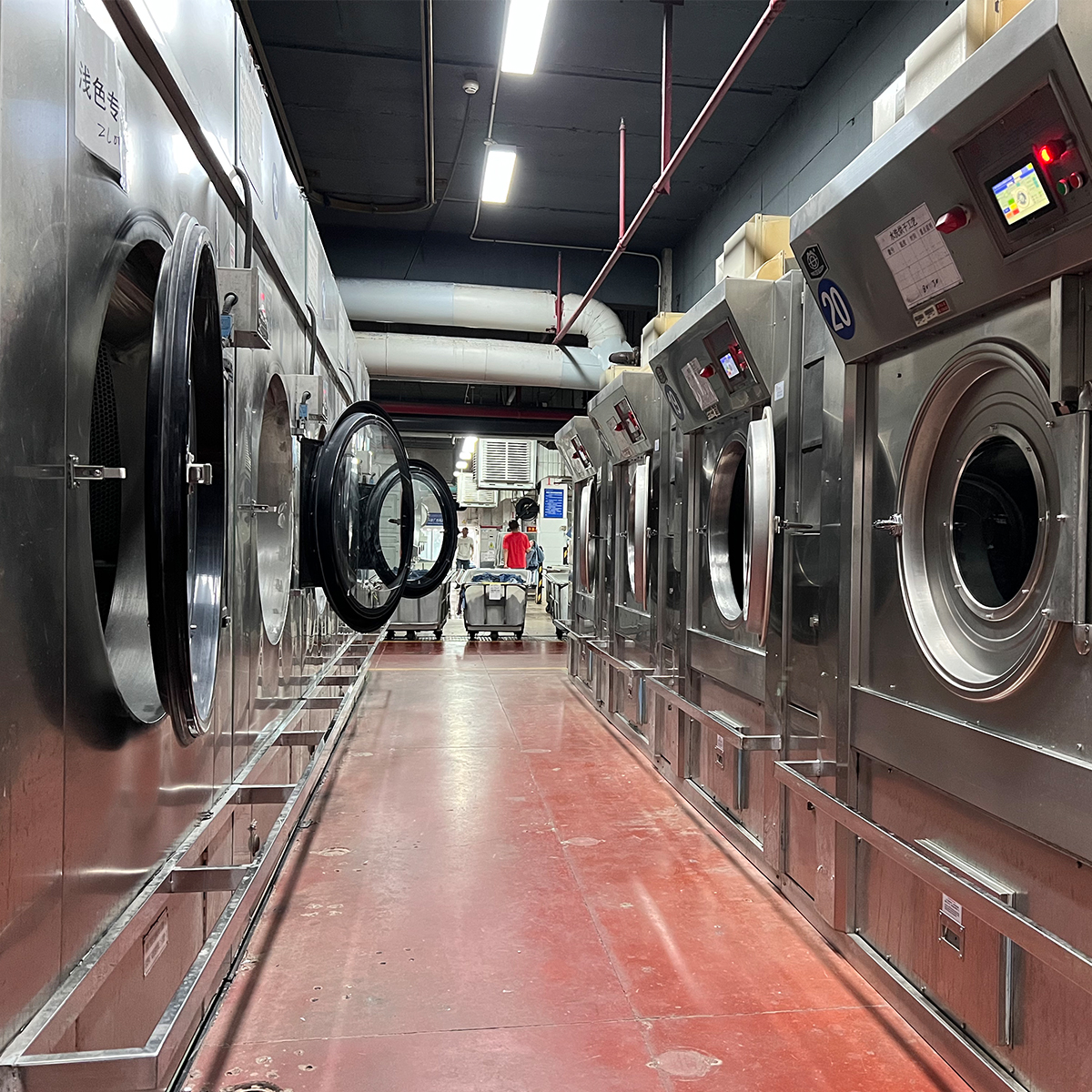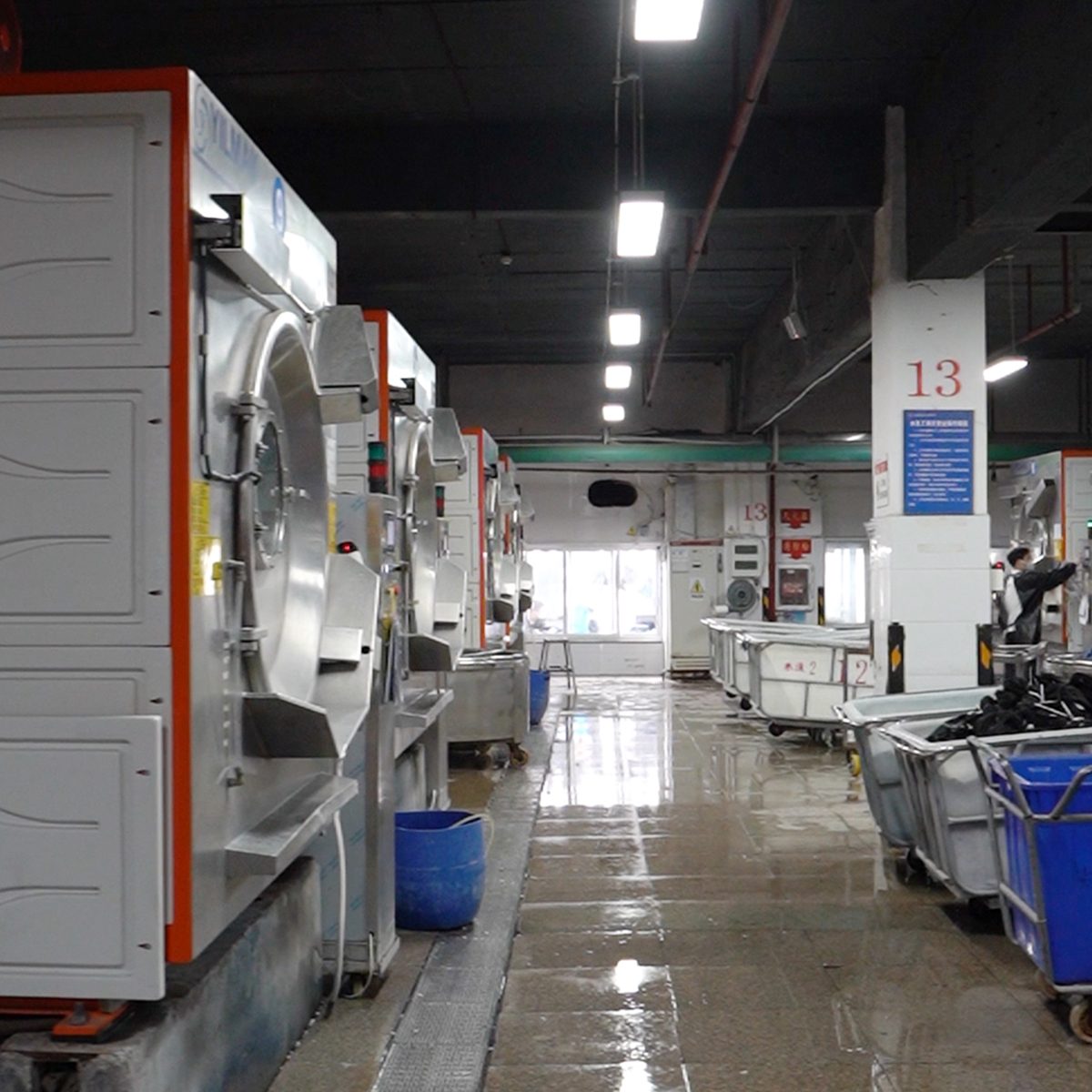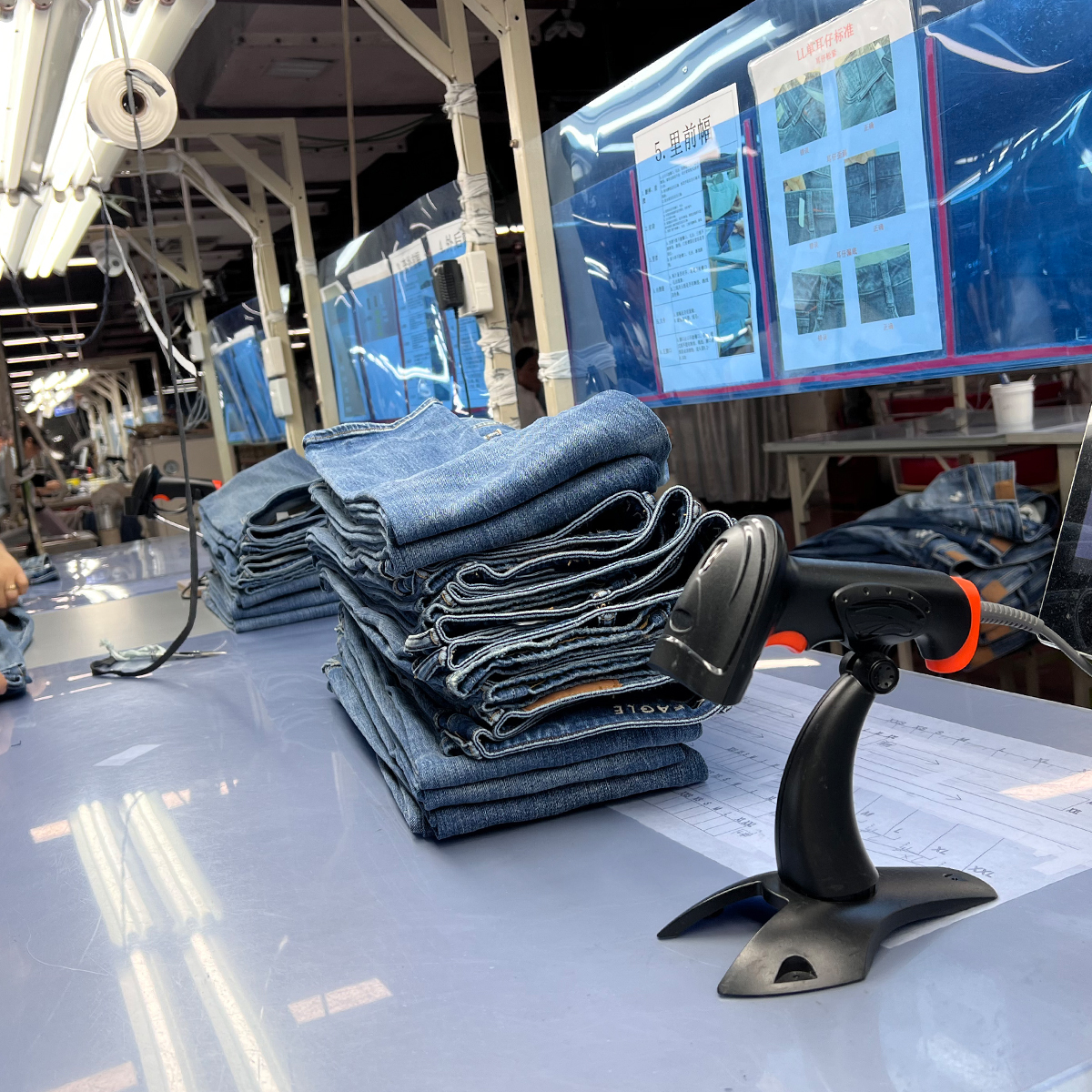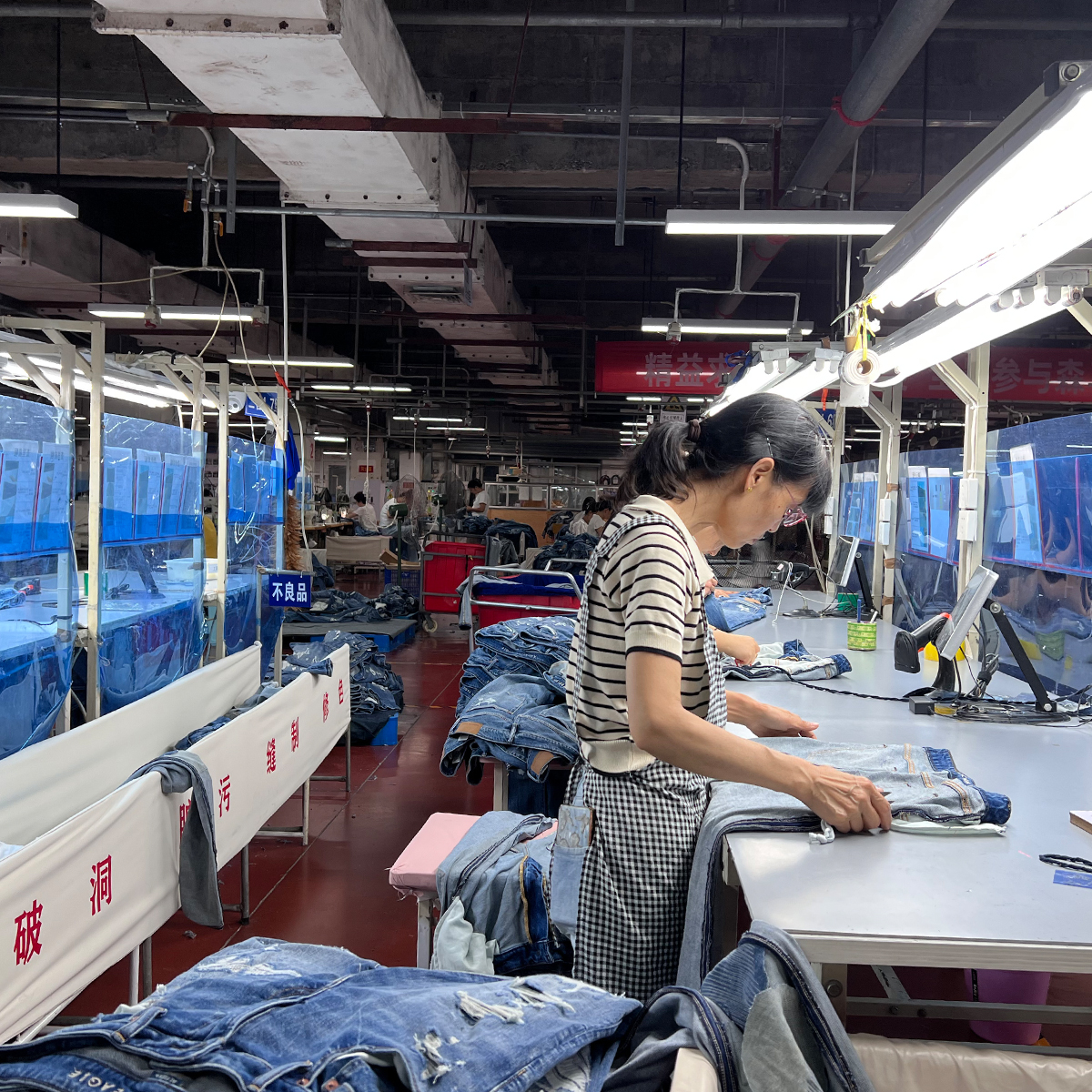Jeans have long been a wardrobe staple, and while their design elements might seem understated, the buttons on jeans serve much more than just a practical purpose. These small yet significant components have undergone intricate transformations that reflect broader fashion trends and industrial advancements. In this blog post, we’ll explore the history, manufacturing processes, and the fascinating role that jeans button manufacturers play in the fashion industry today.
A Brief History of Jeans and Their Buttons
The story of jeans began in the 19th century when denim trousers were created for miners during the California Gold Rush. It was in 1873 that riveted denim pants were patented by Levi Strauss and Jacob Davis. The use of metal buttons in jeans not only added an aesthetic appeal but also provided strength to the stress points of the fabric.
Initially, the primary purpose of jeans buttons was functionality. They were designed to withstand the tugging and pulling encountered in labor-intensive environments. As jeans started to transition from workwear to a fashion statement in the mid-20th century, the buttons evolved too. Different materials, sizes, and finishes began to appear, reflecting the changing tastes in fashion. From classic copper buttons featuring engraved logos to colorful plastic options, the choices became endless.
The Manufacturing Process of Jeans Buttons
Manufacturing jeans buttons involves intricate processes that highlight both craftsmanship and technology. Let’s dive into the typical steps involved in producing these iconic fixtures:
1. Material Selection
The first step in the manufacturing process is the selection of materials. Buttons can be made from various materials including metal, plastic, wood, or even leather. Metal buttons are highly popular due to their durability and classic look, while plastic buttons offer versatility in colors and finishes.
2. Design and Prototyping
Next, manufacturers create designs that can fulfill both functional and aesthetic needs. This involves computer-aided design (CAD) software, allowing designers to visualize how the button will integrate with the jeans and the overall brand identity. Prototypes are often made to assess the button’s practicality before moving onto mass production.
3. Production Techniques
Various techniques are used depending on the type of button being manufactured. For metal buttons, processes like die-casting, hot-stamping, or forging may be involved. Plastic buttons typically undergo injection molding, where heated plastic is injected into a mold to create the desired shape. Quality control is crucial at this stage to ensure that each button meets industry and safety standards.
4. Surface Treatment
Surface treatments enhance both the visual appeal and durability of the buttons. Common methods include plating, painting, or applying a protective coating. For instance, metal buttons may undergo electroplating to give them a shiny finish and protect against corrosion.
5. Packaging and Distribution
Once produced, the buttons are packaged in bulk or sorted for specific collections. Distribution channels often involve partnerships with fabric manufacturers, clothing brands, and retailers, emphasizing the importance of maintaining relationships to ensure timely supply to clothing manufacturers.
The Role of Jeans Button Manufacturers in Fashion
Manufacturers specializing in jeans buttons do more than just create hardware; they contribute to the identity of a brand. Their work can be the difference between a high-end designer piece and a budget garment. As fashion continues to evolve toward sustainability, many manufacturers are exploring eco-friendly materials and processes.
This shift not only reflects consumer demand for conscious products but also helps brands enhance their reputation in an increasingly competitive market. Many manufacturers are now providing options for organic, recycled, or biodegradable materials, aligning their business practices with the values of today’s consumers.
Trends in Jeans Button Design
As fashion continues to move forward, the design trends for jeans buttons are always evolving. Here are a few trends that are prominent in today’s market:
- Minimalistic Designs: The minimalist trend favors subtle and sleek designs that often feature monochromatic colors and understated branding.
- Custom Branding: Companies are investing in custom buttons that feature intricately designed logos or insignias, adding a unique touch to each piece.
- Textured Buttons: Textures such as embossed or engraved surfaces add tactile appeal and sophistication to jeans, making them stand out.
- Color Variations: Using bright or pastel hues in buttons can attract younger demographics, making jeans a youthful fashion statement.
The Future of Jeans Buttons
Looking ahead, the future of jeans buttons is poised for further innovation. With the rise of technology like 3D printing, manufacturers might produce buttons more efficiently, reducing waste and production costs. Additionally, the push for sustainability will likely drive more manufacturers toward ethically sourced materials and environmentally friendly production processes.
This intersection of technology and sustainability not only enhances the functionality and aesthetic appeal of jeans buttons but also aligns with the values of an eco-conscious consumer base. Industries must embrace innovation, as staying on top of trends in style, materials, and production methods will be crucial for success in this evolving market.
In summary, jeans buttons may seem like mere components of denim fashion, but they carry a world of history and significance. From their humble beginnings as a means of functionality to their modern roles as fashion statements and branding elements, the evolution of jeans buttons illustrates the dynamic interplay between fashion and industrial innovation. As we move forward, the collaboration between jeans button manufacturers and designers will undoubtedly continue to influence the ever-changing landscape of fashion.



